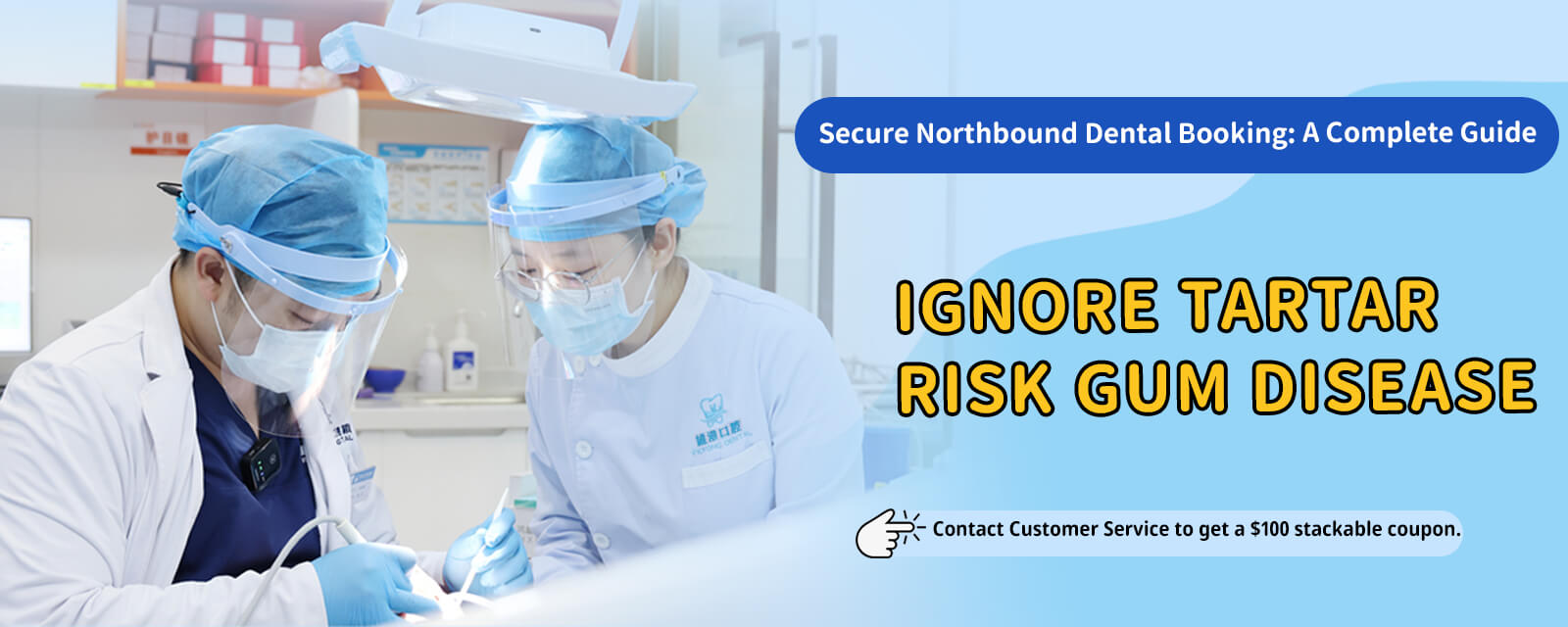**Why Do People Opt for Multiple Dental Implants in One Northern Trip?**
In recent years, more and more Hong Kong residents are traveling north for dental treatments, particularly for dental implants. Interestingly, its not uncommon for them to get two or three implants at once, or even more. Why is this the case? The reasons are multifaceted, involving not only medical planning but also lifestyle habits and long-term dental health considerations.
**Addressing Multiple Dental Issues at Once**
Many Hong Kongers lead busy lives, juggling work and family responsibilities, with little time to frequently visit the dentist. Some people neglect their dental health over the years, resulting in the need for multiple implants. Traveling north for treatment allows for the completion of several implants in one go, reducing the need for multiple sessions, anesthesia, and the hassle of repeated appointments.
**Teeth Alignment Requires Cohesion**
Teeth dont function in isolation; they are part of an interconnected biting system. Replacing only one tooth and leaving adjacent gaps can lead to uneven biting in the long run, potentially affecting jawbone and gum health. Many dentists north of Hong Kong recommend a holistic biting approach, explaining why patients often choose to have multiple implants at once to ensure both functional and aesthetic balance.
**Minimizing the Inconvenience of Staged Treatments**
The dental implant process usually involves evaluation, implant surgery, a healing period, and crown installation. Opting to do just one implant at a time can prolong the treatment cycle. Although getting multiple implants at once extends the surgery time, it concentrates the recovery period, reducing the need for repeated adjustment phases and minimizing disruption to daily life.
**Psychological and Aesthetic Considerations**
Missing teeth affect not just eating but also ones smile and confidence. Many people, once they decide to address the issue, prefer to improve both appearance and biting function at once, avoiding the awkw

ardness of having a "half-done" smile. By scheduling treatment up north, patients can plan and execute multiple implants at once, returning to Hong Kong with a complete smile ready for daily life.
**Transportation and Time Cost Considerations**
Although Hong Kong is close to cities like Shenzhen and Guangzhou, travel still involves time for crossing borders, commuting, and lodging arrangements. Making multiple trips for individual implants can escalate transportation and time costs. Completing multiple implants in one trip effectively saves on travel time and reduces the frequency of taking leave, making it a practical choice for many working individuals.
**Professional Advice from Dentists**
Northern dental clinics often conduct thorough examinations using X-rays or 3D imaging to assess bone quality. When dentists find that multiple implants are needed, they typically suggest handling them all at once to effectively manage bone stability and healing. Delaying treatment can lead to adjacent teeth shifting due to uneven forces, complicating future procedures, which is why acting promptly is often recommended.
**Long-term Oral Health Planning**
Dental implants are not just about replacing missing teeth; they are a long-term investment. Many Hong Kong residents traveling north for multiple implants consider the future health of their teeth, aiming to prevent gastrointestinal issues caused by poor chewing due to missing teeth, and to avoid complex surgeries in older age.
**Conclusion**
Opting for multiple dental implants in one northern visit is a decision influenced by various factors, including time, transportation, recovery, biting function, and aesthetics. For those missing several teeth, completing the treatment in one go saves time and expedites the return of full oral function, ultimately safeguarding long-term dental health. Whether in Hong Kong or traveling north, choosing an experienced dentist and ensuring proper post-operative care is essential for enjoying the benefits of a complete smile and effective chewing.

























